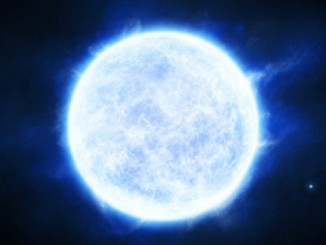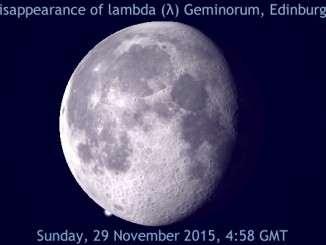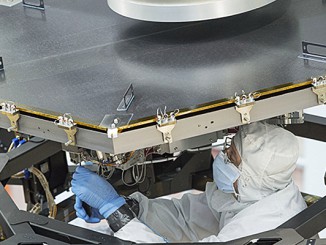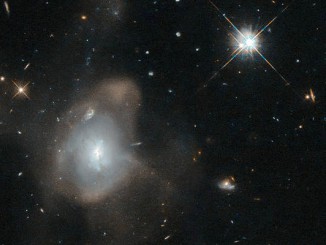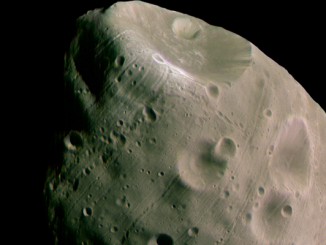
Computer simulations explain Jupiter’s wild weather
The numerous whirlwinds covering Jupiter are caused by upward gas flows originating deep within the giant planet. This is the conclusion reached by scientists at the University of Alberta (Canada) and the Max Planck Institute for Solar Research (MPS) in Germany after extensive computer simulations. Their models also explain why the Jovian whirlwinds’ direction of rotation is opposite to storms on Earth.


